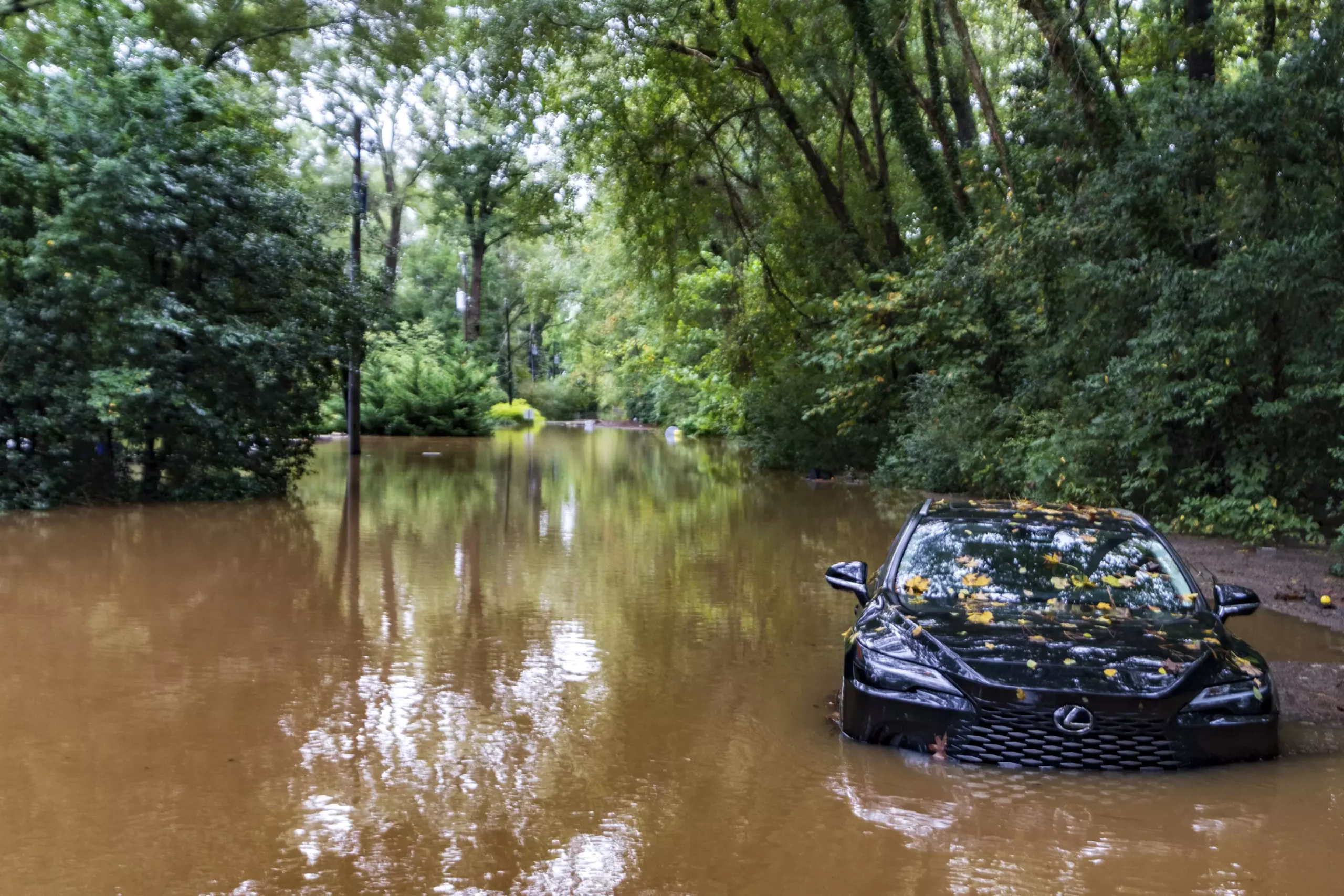As electric vehicles (EVs) become increasingly popular, it is crucial for both current and potential owners to understand the risks associated with these innovative vehicles, especially in the context of severe weather events. Recent events, particularly storm surges from hurricanes, have raised concerns about the safety of EVs in flood-prone areas. This article delves into the complexities of owning an electric vehicle in regions susceptible to flooding and offers insights into managing risks effectively.
Electric vehicles rely heavily on lithium-ion batteries, which can be vulnerable in certain conditions, particularly when exposed to saltwater. Saltwater can significantly increase the risk of short circuits within the battery system. When exposed to flooding, the intricate circuitry of EV batteries is at risk; salt can create pathways, allowing electricity to bridge contacts that should remain isolated. This can lead to overheating and a phenomenon known as thermal runaway, wherein a battery cell’s failure can trigger a chain reaction in adjacent cells.
In light of these issues, it is vital for EV owners, particularly in coastal states like Florida, to heed warnings from officials and automakers alike. Staying informed and proactive—such as relocating vehicles to higher ground before a storm—can mitigate the risk of potentially catastrophic issues later on.
The National Highway Traffic Safety Administration (NHTSA) has been actively researching incidents where electric vehicles have caught fire post-flooding. Despite the fact that such occurrences are deemed rare, several notable cases have raised eyebrows. For instance, after Hurricane Ian in 2022, thousands of EV batteries suffered damage, and a number of fires ensued. Such data is crucial, yet it remains relatively sparse, leaving many questions unanswered about the true frequency of these incidents.
Devices designed to safeguard against water intrusion typically have seals to prevent moisture from entering battery compartments. However, standing water can compromise these seals over time, leading to significant risks even well after floodwaters have receded. Officials from NHTSA and other organizations emphasize that while most submerged vehicles do not catch fire, the threat intertwines with the nuances of battery design and exposure to corrosive materials like saltwater.
For electric vehicle owners, the paramount precaution is simple: avoid submersion in floodwaters. Keeping a vehicle elevated and away from storm surges will significantly reduce the risk of catastrophic failure. If exposure to rising waters is unavoidable, it is advisable to contact professionals for an inspection afterward.
As a best practice, EV owners should maintain a critical eye on battery charge levels. Like traditional gasoline vehicles, gas stations often encounter issues providing fuel during power outages caused by severe weather, making it prudent for EV owners to keep their batteries charged whenever possible. Indeed, the risk of being stranded is equally problematic for both types of vehicles in a blackout scenario.
In response to the insights gained from disasters like Hurricane Sandy in 2012 and Ian in 2022, regulatory organizations are recognizing the need for enhanced safety measures. NHTSA is contemplating updates to the regulations governing EV batteries, including improved standards that account for environmental vulnerabilities, especially in coastal areas.
In parallel, automakers are tasked with innovating their battery designs to enhance resilience against the elements. Improvements may include better moisture seals, enhanced insulation, and systems designed to vent heat more effectively. Safety advancements are not only vital for user protection but also for the long-term credibility of electric vehicles in the marketplace.
As the popularity of electric vehicles surges, the discourse surrounding their safety in adverse conditions also evolves. The intersection of technology and environmental awareness must be at the forefront of future developments. Awareness and preparedness will be the key for EV owners facing vulnerable conditions; accordingly, integrating robust practices will safeguard both lives and property.
Current and prospective EV owners must remain vigilant regarding emerging research and safety recommendations. The interplay of climate change, technological advancement, and vehicle design highlights a crucial narrative for the future: as we transition to more sustainable modes of transportation, we must also navigate the associated risks responsibly. By staying informed and adopting proactive measures, electric vehicle owners can continue to enjoy the benefits of their vehicles without compromising safety during tumultuous weather events.


Leave a Reply